Just getting into watches? If you’re like me, you’re running into a lot of seemingly obscure terms and phrases.
So what do all these watch specific words mean?
I’m not going to be able to cover everything you might see, but this guide will provide a good reference, so you’ll be able to quickly understand just what those reviewers are talking about.
Have a term you’re looking for? Just do a quick search here and see if I’ve covered it.
Acrylic Crystal
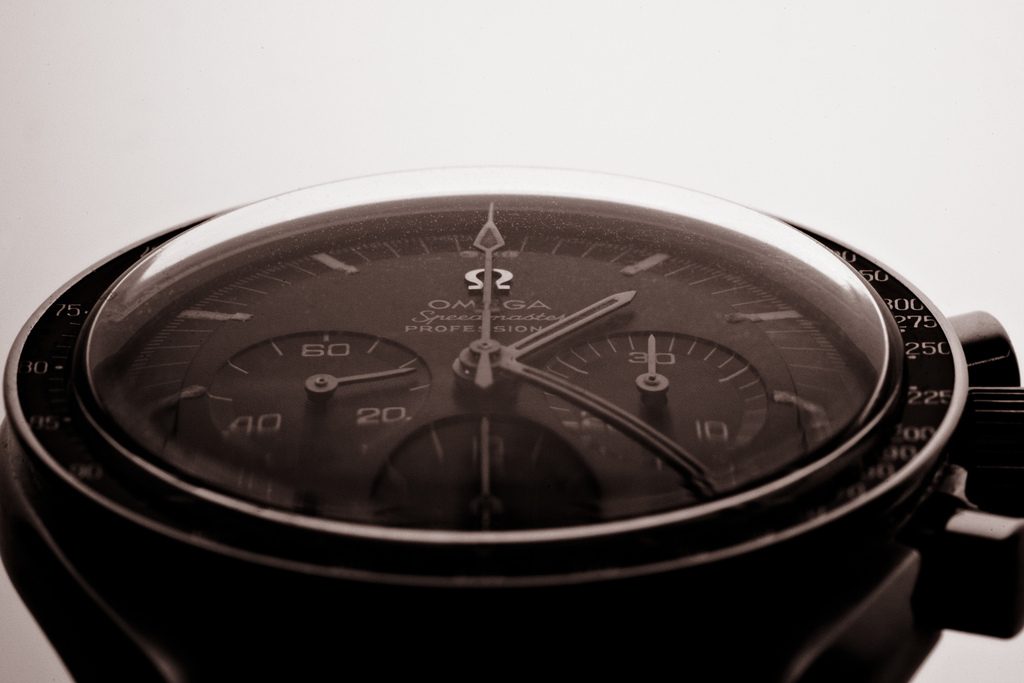
More scratch-prone than sapphire or hardened glass, acrylic is however strong and elastic. It’s also cheap and easy to mold into many exotic shapes.
The strength, durability, and low cost means acrylic is used in many watches.
Analog

Used to distinguish traditional watches, utilizing moving ‘hands’, from digital watches that display the time numerically utilizing a LCD display.
Automatic

Refers to mechanical watches which wind themselves utilizing the natural movements of the wearer. As your arm swings, a rotor moves back and forth, automatically winding the watch.
Can hold time less accurately than other watches, and will wind down if not worn for extended periods. Wikipedia has an in-depth article on automatic watches, covering the mechanics and history.
Band / Strap
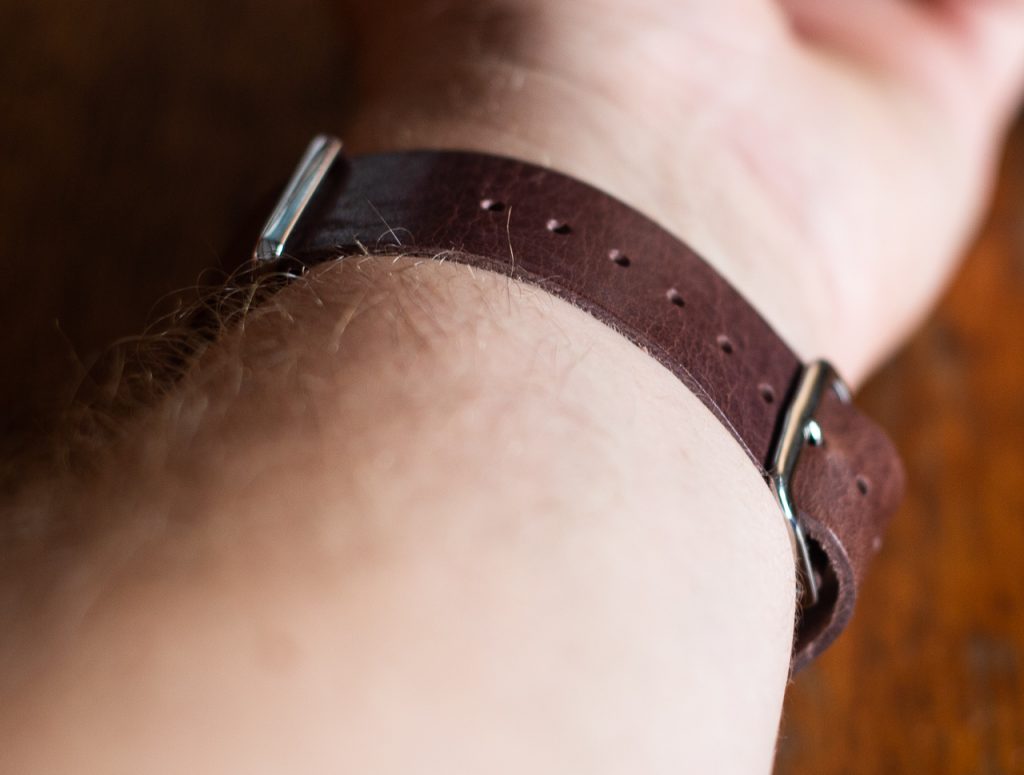
Piece of leather, metal, rubber, or other materials used to attach the watch to the wrist.
Bezel
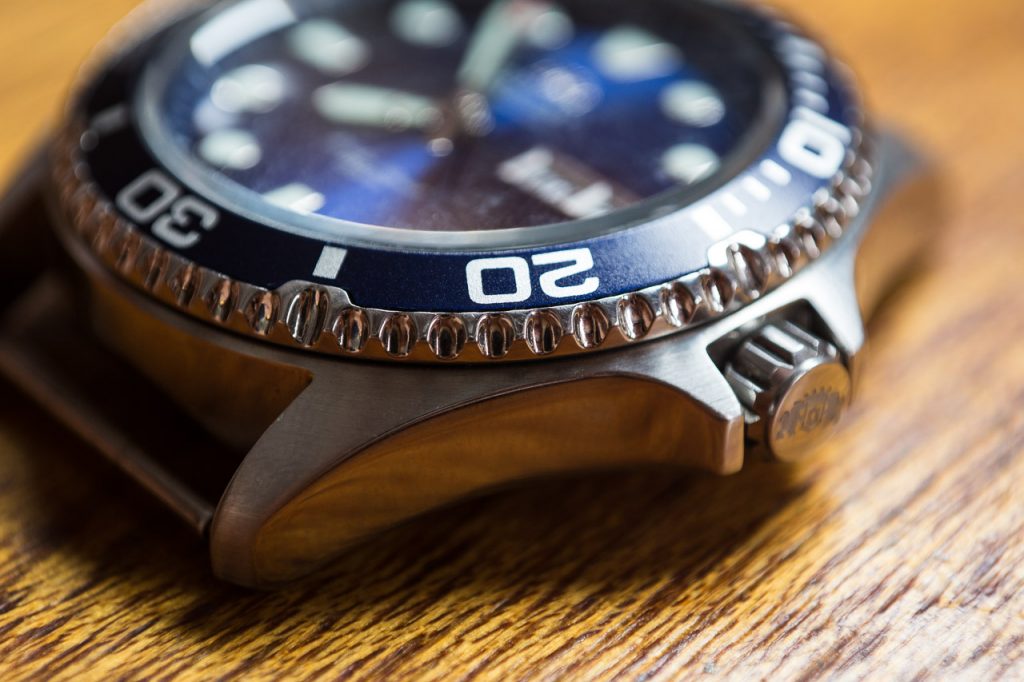
The topmost ring of the watch, surrounding the dial. On diving watches, the bezel is marked in minute increments. Modern dive watch bezels rotate in one direction.
This was originally used when diving utilizing dive tables, to allow the diver to accurately time the allowed bottom time.
Bracelet
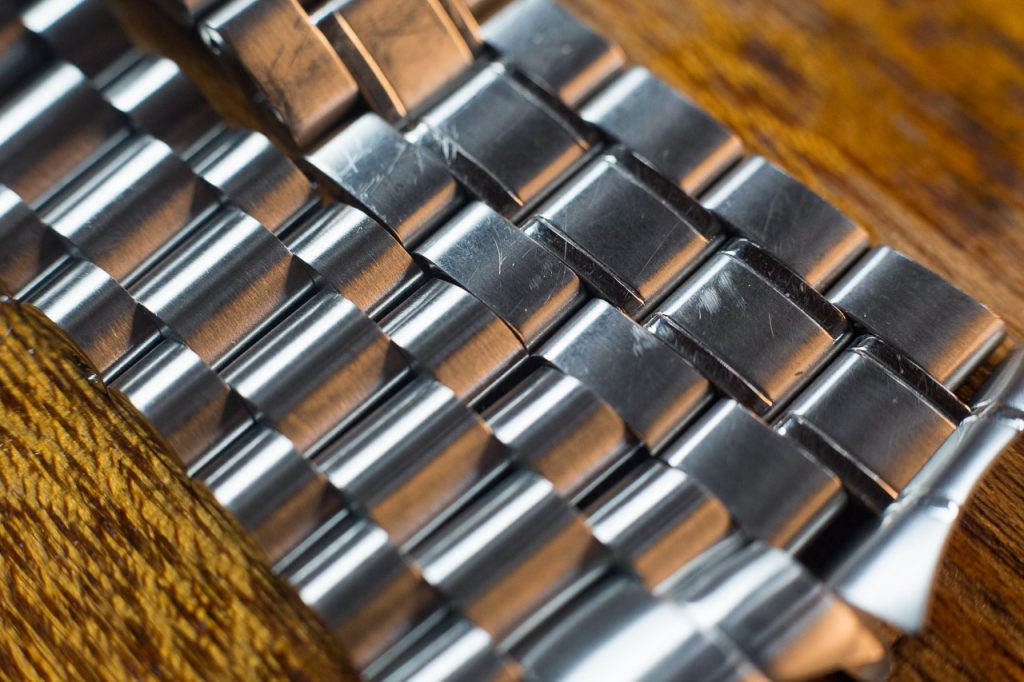
Device to attach the watch to your wrist, constructed of small metal linkages in a chain like form.
Case
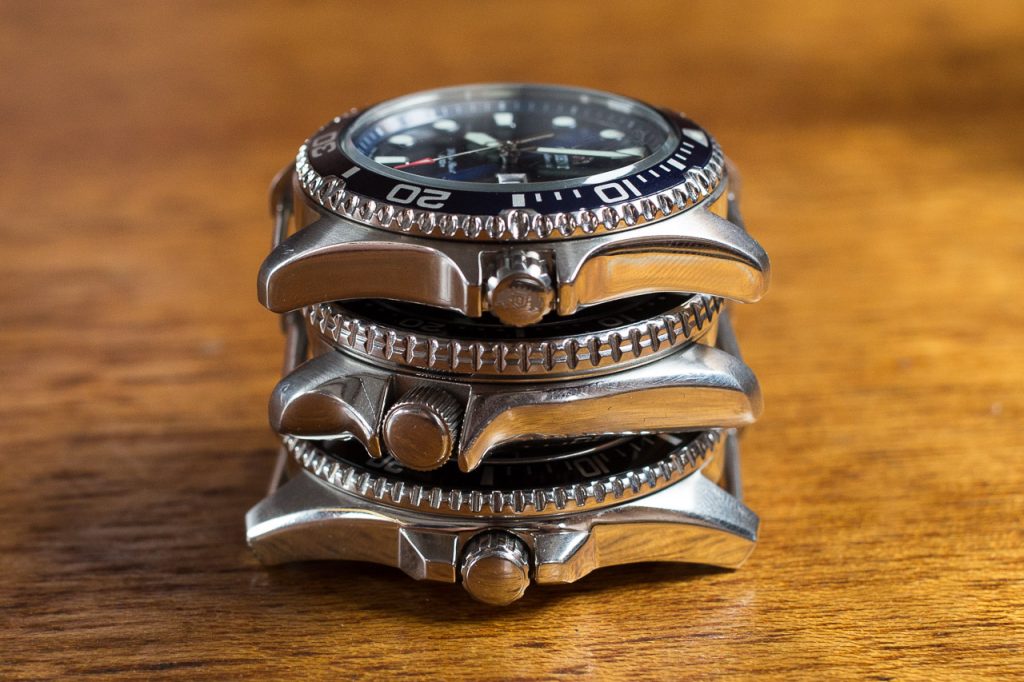
The main structure of the watch, containing and protecting the interior mechanizations.
Case Sizes
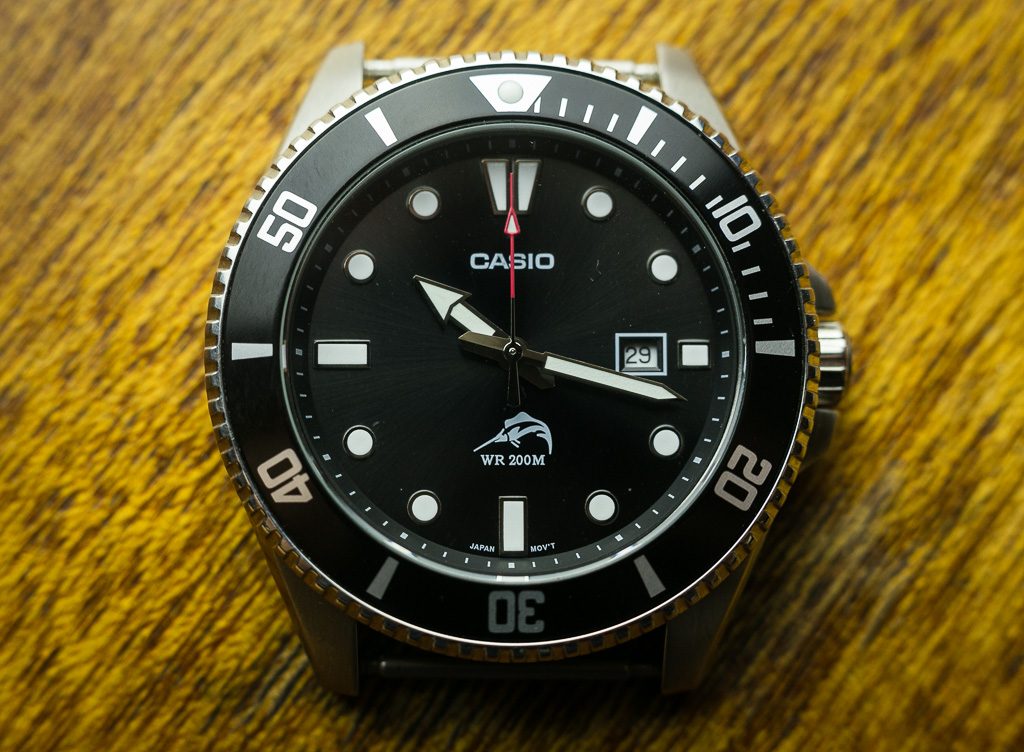
The case size is a measurement of the width of the watch in millimeters, across the face.
Generally, 31mm and below is a small watch, 32-41mm is a medium, 42-47mm a large, and 48-52mm an extra-large.
Caseback
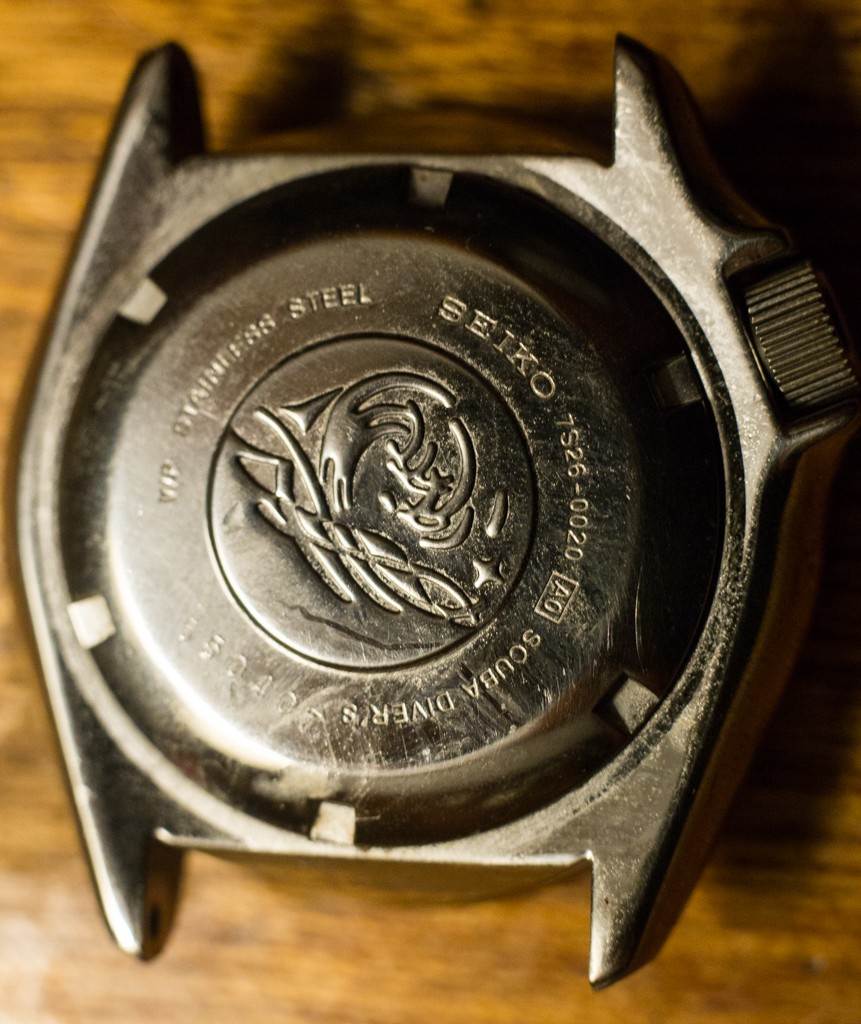
The back cover of the case. Can be unscrewed to gain access to internals.
Usually engraved metal, can have a clear window, as in the case of the ‘exhibition caseback’.
Chronograph
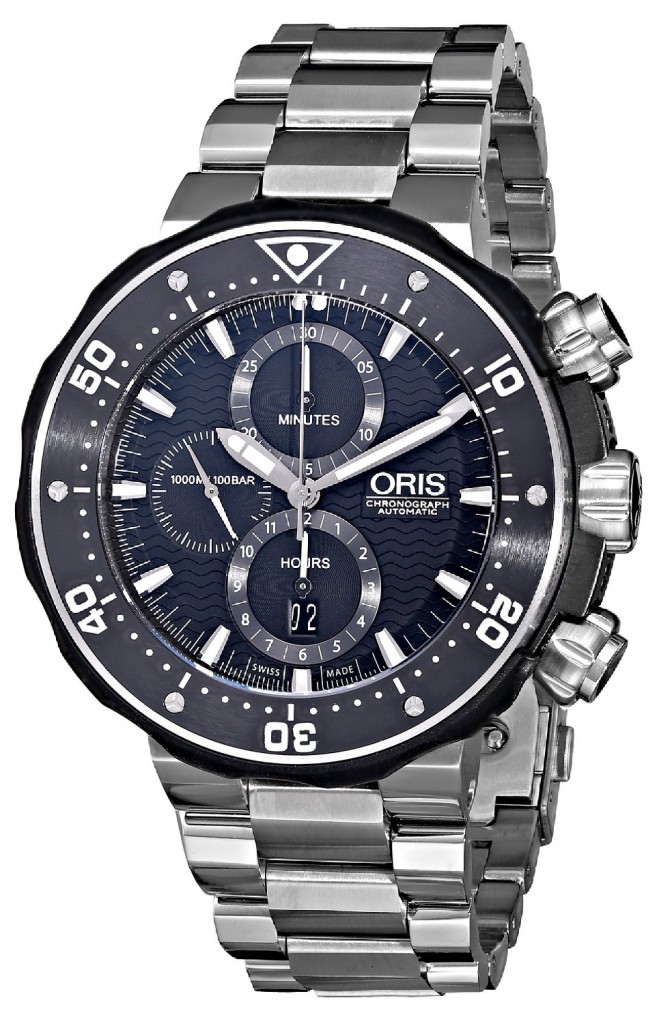
A mechanism for measuring time spans independently of the main time keeping movements. On an analog watch there will be multiple hands used for measuring seconds, minutes, and hours.
Chronographs can range from a simple stop-watch function, all the way to complex astronomical measurements.
Counters

The hand on the chronograph function, started and stopped separately from the main time function.
Crown

Knob used for controlling analog watch functions. Winding, time and date setting, etc.
Crystal

The clear cover protecting the dial. Many materials are used as the crystal, including acrylic, mineral glass, and sapphire.
Date Window
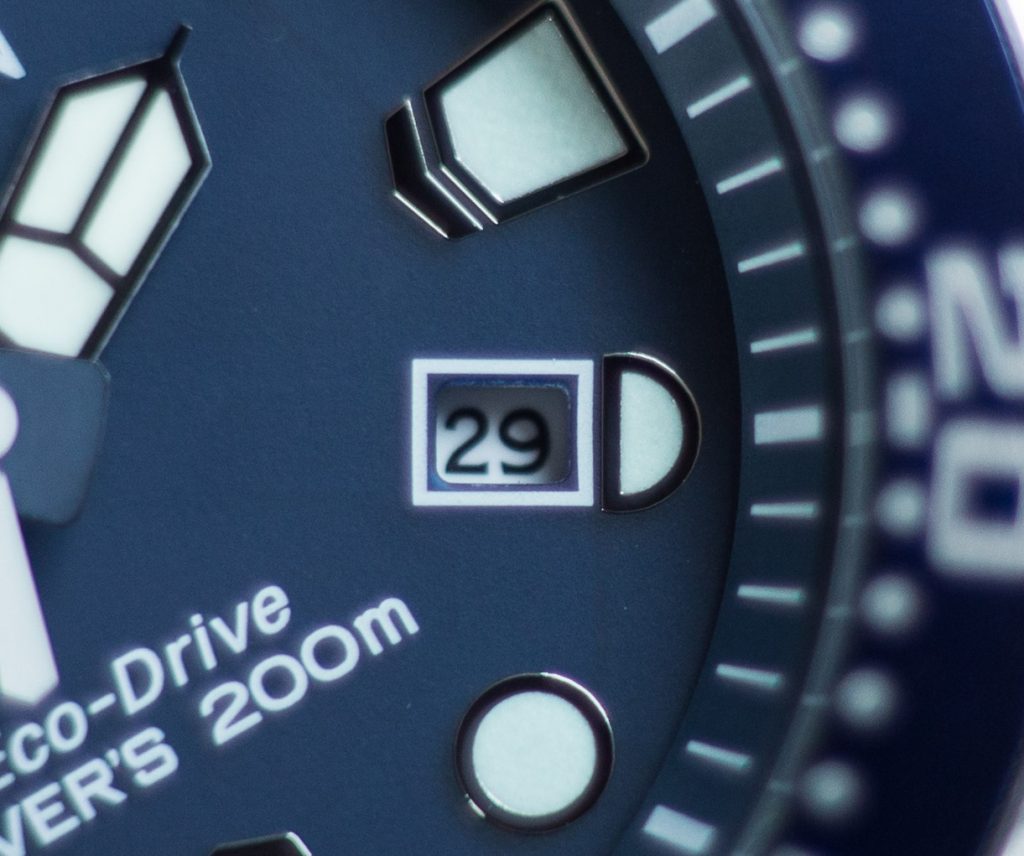
Window in the dial of the watch, allowing a mechanism displaying the date to show through.
Dial
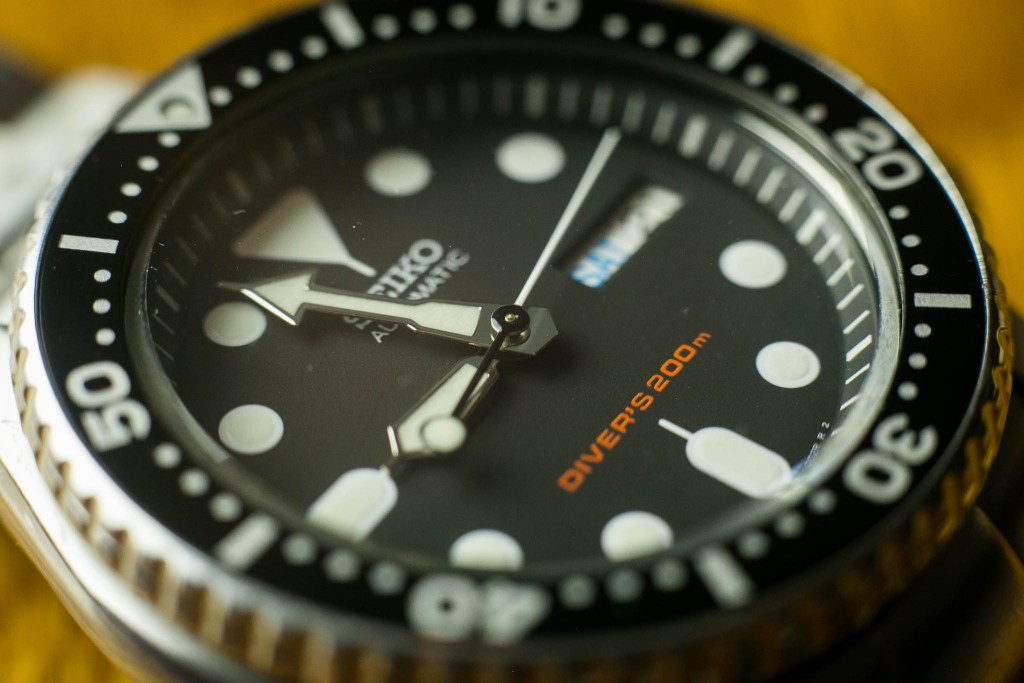
Also referred to as the face, the dial is marked with numbers or other symbols which the hands point to in order mark the time.
Dials aren’t always marked with the time, occasionally they are left blank, leaving the wearer to infer the time from the approximate position of the hands.
Digital Watch

Instead of utilizing mechanical hands, as in the case of an analog watch, to show the time, a digital watch utilizes a liquid crystal display to directly represent the time in numbers.
Diver’s Watch
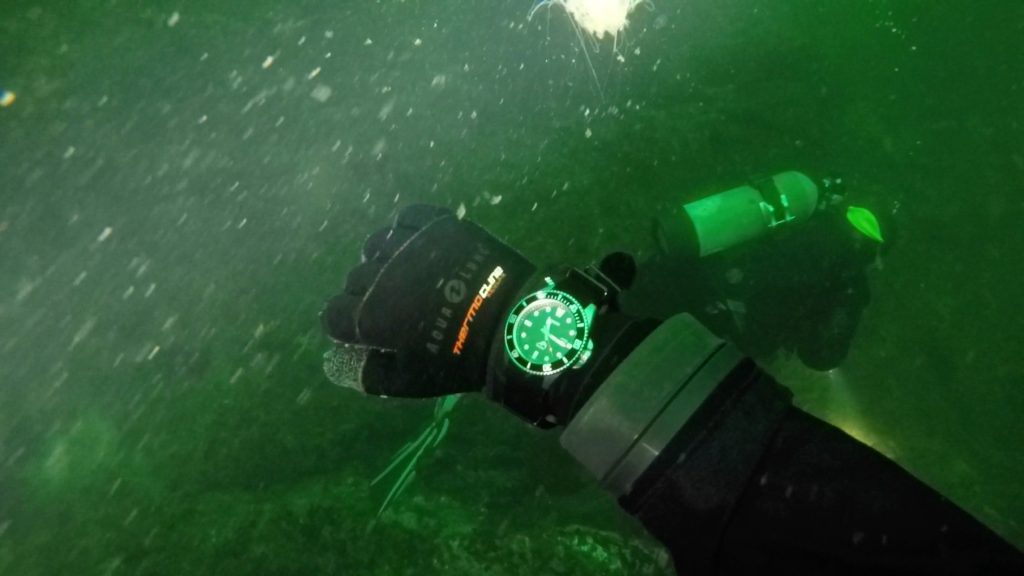
These are what this blog is focused on! Traditionally large and heavy, dive watches feature a rotating timing bezel and often a screw down winding crown, in the case of a mechanical watch.
Contemporary diver’s watches are required to conform to ISO 6425 in order to display the ‘DIVER’S’ mark. Dive watches are designed to withstand water pressures at depths of at least 200 meters, and some have been tested at pressures greater than what occurs at the bottom of the Mariana Trench.
Diver’s Clasp
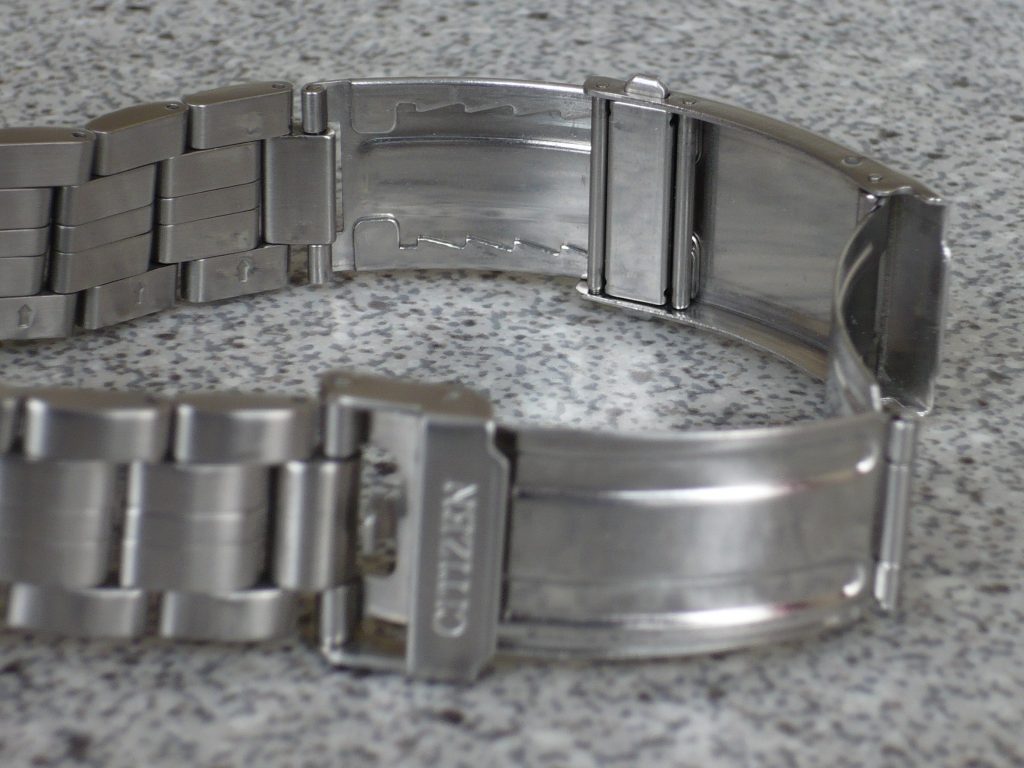
Clasp with an extension, to enable easy enlargement of the bracelet to fit over a wet or dry suit.
Domed Crystal

Watch crystal that is raised in a slight dome. This provides added resistance to pressure, and is often featured on diver’s watches.
The dome also provides some anti-reflective capabilities, although it can introduce distortion when looking at the dial and hands.
[accordion title=’Exhibition Caseback’][row]
[column size=’1/3′]
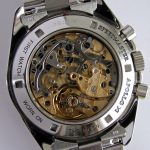
[/column]
[column size=’2/3′]
A clear crystal window on the back of the watch, allowing you to see the movement inside.
Pretty exclusively featured on fine mechanical watches, the window wouldn’t be very interesting on a quartz watch.
Several manufactures produce aftermarket exhibition casebacks for watches that don’t originally come with one. Here’s an enlightening blog post about installing an aftermarket clear caseback on a Rolex.
[/column]
[/row][/accordion]
[accordion title=’Full Links’][row]
[column size=’1/3′]
[/column][column size=’2/3′]
Full size metal linkage, as part of a watch bracelet.
[/column]
[/row][/accordion]
[accordion title=’Hacking Seconds’][row]
[column size=’1/3′]
[/column][column size=’2/3′]
Also simply known as ‘hack’ or ‘stop seconds’. On a watch that features hacking seconds the second hand will stop in place when the crown is pulled out to set the time.
Hacking seconds make it a lot easier to more precisely set the time off of a time signal or other time-piece.
[/column]
[/row][/accordion]
[accordion title=’Half Links’][row]
[column size=’1/3′]
[/column][column size=’2/3′]
Half size metal linkage, used for adjusting the size of a bracelet.
[/column]
[/row][/accordion]
[accordion title=’Handwound’]
[row]
[column size=’1/3′]

[/column]
[column size=’2/3′]
Describes a watch with a mechanical movement which needs to be wound regularly by the user using the crown. Energy is stored in the mainspring, which slowly releases this energy to power the time-piece.
[/column]
[/row]
[/accordion]
[accordion title=’Hand / Handset’][row]
[column size=’1/3′]
[/column][column size=’2/3′]
The hands are used to mark the current hour, minute, and second on an analog watch.
[/column]
[/row][/accordion]
[accordion title=’Helium Release Valve’][row]
[column size=’1/3′]

[/column]
[column size=’2/3′]
Feature found on some dive watches. When professional diver’s spend time in a pressurized helium environment, some of that helium will work it’s way into the interior of the watch.
The release valve is used to prevent damage to the watch when depressurizing.
[/column]
[/row][/accordion]
[accordion title=’Index or Indices’]
[row]
[column size=’1/3′]

[/column]
[column size=’2/3′]
These are the markings on the dial of the watch, representing the hours and minutes. The indices on dive watches are nearly always marked with some form of luminescent (glow in the dark) material.
[/column]
[/row]
[/accordion]
[accordion title=’Lugs’]
[row]
[column size=’1/3′]

[/column]
[column size=’2/3′]
Protrusions located on the case, to which bracelets or straps are attached.
[/column]
[/row]
[/accordion]
[accordion title=’Luminous Markers’][row]
[column size=’1/3′]
[/column][column size=’2/3′]
‘Glow in the dark’ markings on dial and hands. Can be achieved using a radioactive substance such as tritium, or by phosphorescent paint that needs to be exposed to light to ‘charge’.
[/column]
[/row][/accordion]
[accordion title=’Mechanical’][row]
[column size=’1/3′]

[/column]
[column size=’2/3′]
A movement powered via mechanical, instead of electrical means.
Usually powered by a mainspring that needs to be wound regularly, either manually by the user, or automatically by movment.
[/column]
[/row][/accordion]
[accordion title=’Movement’]
[row]
[column size=’1/3′]

[/column]
[column size=’2/3′]
Describes the interior workings of a watch, whether that’s mechanical or battery operated quartz.
[/column]
[/row]
[/accordion]
[accordion title=’Oil-Filled’][row]
[column size=’1/3′]
[/column][column size=’2/3′]
Watch case that has had all the interior gasses replace with an oil. The purpose is to be able to withstand more exterior pressure.
Side benefits include the constant lubrication and protection of the watch movement.
[/column]
[/row][/accordion]
[accordion title=’O-Ring’]
[row]
[column size=’1/3′]

[/column]
[column size=’2/3′]
A gasket usually made of rubber. O-rings ensure water resistance by sealing the various separate pieces together. Placed between the main body parts, as well as the stems of winding crowns.
[/column]
[/row]
[/accordion]
[accordion title=”Pilot’s Watch”][row]
[column size=’1/3′]

[/column]
[column size=’2/3′]
Watches designed to meet the needs of aircraft pilots.
Pilot’s watches are difficult to define, as there’s no set features that they all require.
Features you may see include rotating bezels (like diver’s watches), logarithmic slide rules, and a flyback function (ability to reset stopwatch with one button push).
[/column]
[/row][/accordion]
[accordion title=’Quartz’]
[row]
[column size=’1/3′]

[/column]
[column size=’2/3′]
Describes a watch utilizing an oscillating quartz crystal to keep it’s time. Quartz oscillates 32,768 times a second, and an electronic circuit in the watch divides this into precise time increments.
Quartz watches are extremely accurate, much more so than mechanical watches. However, many people dislike them, due to the perceived lack of craftsmanship.
[/column]
[/row]
[/accordion]
[accordion title=’Register’]
[row]
[column size=’1/3′]

[/column]
[column size=’2/3′]
Also called a sub-dial. Chronographs have registers showing the second, minute, or hour of the chronograph function.
[/column]
[/row]
[/accordion]
[accordion title=’Reproduction / Replica’][row]
[column size=’1/3′]
[/column][column size=’2/3′]
A remake of a watch, by a different manufacturer. Generally sold illegally, as fake or counterfeit.
[/column]
[/row][/accordion]
[accordion title=’Sapphire Crystal’][row]
[column size=’1/3′]

[/column]
[column size=’2/3′]
A watch crystal made using sapphire glass. Sapphire glass is a crystalline form of sapphire that is very strong and transparent.
This crystal is extremely scratch resistant and durable. Usually only featured in higher end watches.
[/column]
[/row][/accordion]
[accordion title=’Screw Crown’]
[row]
[column size=’1/3′]
[/column]
[column size=’2/3′]
A winding crown which screws down onto the watch case. The purpose is to ensure water resistance.
[/column]
[/row]
[/accordion]
[accordion title=’Tachymeter’][row]
[column size=’1/3′]

[/column]
[column size=’2/3′]
A scale inscribed around the rim of an analog watch. Used to compute speed based on travel time, or measure distance based on speed.
[/column]
[/row][/accordion]
[accordion title=’Timing Bezel’][row]
[column size=’1/3′]
[/column][column size=’2/3′]
Rotating bezel used to count down to a specific time. Commonly used on diver’s watches.
[/column]
[/row][/accordion]
[accordion title=’Tritium’][row]
[column size=’1/3′]

[/column]
[column size=’2/3′]
A radioactive isotope of hydrogen. Commonly used to provide luminescent properties to watch hands and dials.
The tritium gas is contained in a small tube coated in a phosphorescent substance. As the gas decays, it releases electrons, causing the phosphorescent paint to glow.
The provided light is not bright enough to be seen during the day, but will be plainly visible in the dark.
[/column]
[/row][/accordion]
[accordion title=’Vintage Model’][row]
[column size=’1/3′]

[/column]
[column size=’2/3′]
While there’s no set definition, generally watches between 30-100 years old are considered vintage. Older than 100 years may be referred to as ‘antique’.
[/column]
[/row][/accordion]
[accordion title=’WR / Water Resist’]
[row]
[column size=’1/3′]

[/column]
[column size=’2/3′]
Watches are rated to various degrees of water resistance, from 30 meters to as high as 12,000 meters. The resistance is only rated to what the watch can statically take, one time.
200 meters is considered the minimum for a dive watch, with 100 meters being suitable for swimming. A 30 meter watch is only suitable for showering or being exposed to rain.
[/column]
[/row]
[/accordion]


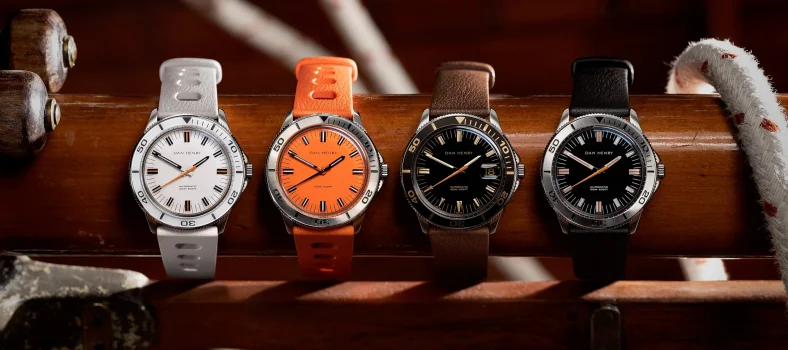
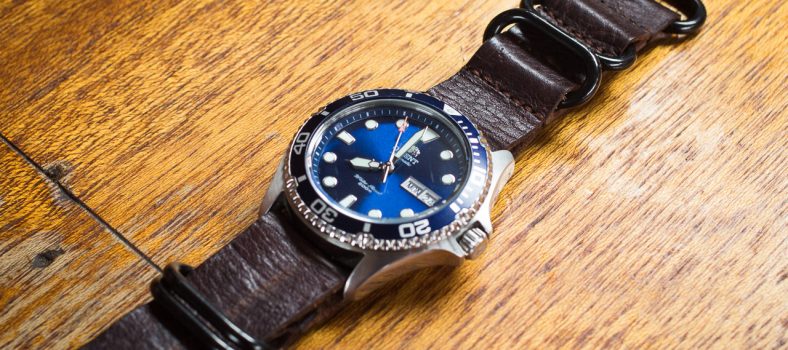


No Comment